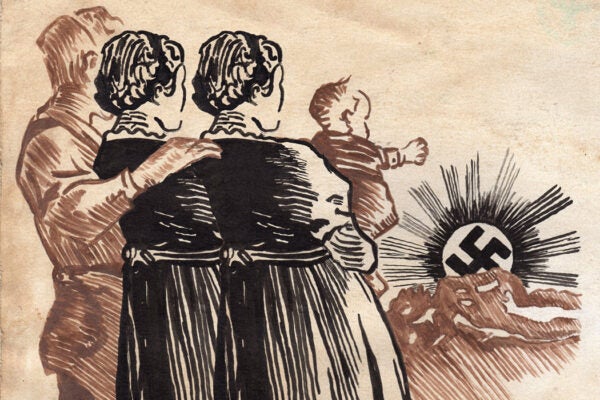Donald Trump uses racial rhetoric in a way rarely seen in modern American politics. So it’s interesting that Trump supporters, who are overwhelmingly white, are unusually likely to identify their ancestry not based on the European countries their families came from but simply as “American.”
For a lot of white Americans, wrapping our minds around our own race is difficult. We often understand “whiteness” as an invisible default setting, lacking the history and context that define other races.
In a 2007 paper, Pamela Perry looked at how white high school students understood their racial positions. She based the study on ethnographic research at two high schools—one mostly white and the other multiracial—between 1994 and 1996. At both schools, Perry found that white students regarded their racial identity as unimportant.
At the mostly white school, she writes “most generally, the response to ‘how would you define white culture?’ was dumbfoundedness and a simple ‘I don’t know!'” Or, as one boy explained, “I don’t think white people really have that. Not a strong racial background. They’re just kind o’ there.”
White students at this school knew few people of other races. When it came to racially significant news like the OJ Simpson trial or Million Man March, they either paid no attention or dismissed the very notion of focusing on race as racist.
Some of these students were hostile to the notion of affirmative action, arguing that society should be color-blind. Many even reacted defensively to being asked to check a box on a form marking their race. Yet they also consistently told Perry that they would not want to be around a lot of people of color. “I’d have to say, if I am the only white person around, I feel uncomfortable,” one student said. “But I mean, it’s not that I’m afraid of them. It’s just that I think they look at me and they say, ‘He’s a racist.'”
White students at the multiracial school were less confused by questions about their race and could identify the way their clothes and music reflected their whiteness. But many of them also embraced a non-racial identity. One student, who was the only white member of the school’s football team, explained that he understood white privilege, but also added that “I don’t think that white means that I should know everything about my whole past, my whole heritage, just as I don’t think any race should because I don’t think that’s important. What’s important is being able to get your own life on your own track.”
This group of white students was much more aware of racism and supportive of affirmative action. Yet, they also often reacted defensively to conversations about race. “A student would talk about institutional racism in one moment, and then leap into a harangue about the cultural deficiencies of the black family, then return to discussing the unjust racial order,” Perry writes.
Without a coherent sense of their own racial identity, Perry concludes, it was just hard for them to think clearly about race.







